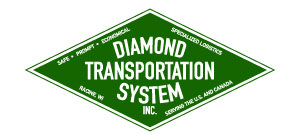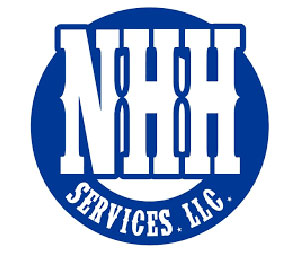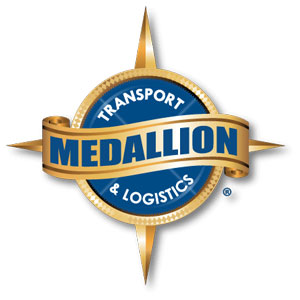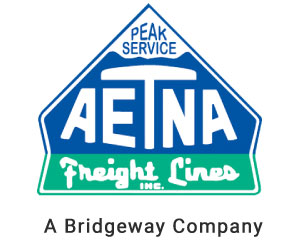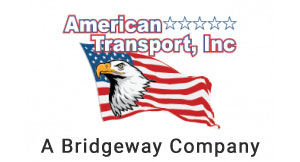Tips to Knowing Your Heavy Load Limits
In the business of heavy equipment transport, one of the most crucial aspects of the job is knowing how to safely transport heavy and oversized loads across the country. Oversized loads can be tricky to manage, since most states have strict weight and size limitations, and improper loading can lead to many problems for the driver, the load and other vehicles on the highway.
If you’re transporting heavy loads, make sure you understand all the weights and how they correspond to state limitations, as well as other important limitations regarding load configuration and balance, and axle placement.
The dangers of overloading
Attempting to haul loads that are too heavy for your truck and trailer can lead to disaster quickly. If your vehicle can’t handle the weight you’re trying to pull, there’s a chance it won’t even move. Even if it does, you’ll put your vehicle at risk of tipping over, ruining the brakes, putting stress on the engine and much more.
Even when your load is a manageable weight for your truck, improper loading can cause transport challenges, too. Uneven weight distribution can lead to a plethora of hauling problems, including losing steering control, putting extra stress on the truck, lifting the truck and causing problems with the braking systems.
What you need to know
Before you begin loading your heavy equipment, you’ll need to make sure to check the following things: the empty weight of your truck, the weight of the equipment load and the weight limit on your truck and trailer.
The load weight will usually be on the paperwork for your transport, and the trailer weight limit is typically on the data plate mounted on the trailer itself.
Knowing all of these pieces of data will help you understand how much your vehicle will weigh once it’s loaded and verify that the weight is both legal for transport and able to be safely handled by your vehicle.
Doing the balancing act
Safe heavy equipment transport is not just about how much weight your trailer and truck can carry, but about how you position your equipment on the trailer so that the weight is distributed equally. You may need to move materials on your truck and trailer to help distribute the weight across the axles—and thus, the ground—to maintain legal limits.
Not all machines are going to need the same loading techniques, but taking the time to load each piece of equipment properly will help keep you and others on the road safe and prevent damage to the equipment itself during transport.
If you have oversized equipment or machinery you need to transport, rely on the transportation and logistics specialists at Osage Specialized Transport. We are your go-to providers of heavy equipment transport with the ability to haul oversized loads across the United States, Canada and Mexico. Our team works with multiple large carriers and is backed by over 40 years of experience, so you know you’ll be getting the best service possible when you choose us. Call us today for a free quote!





